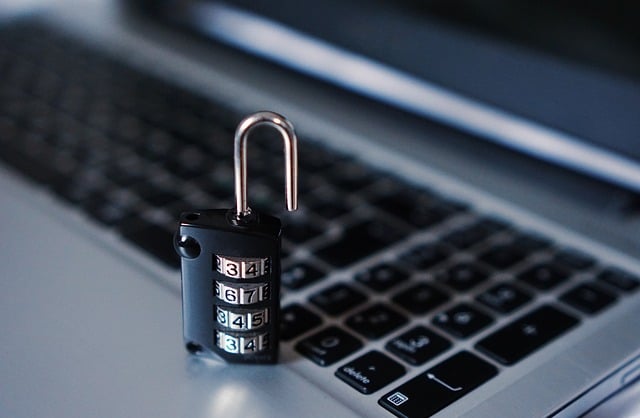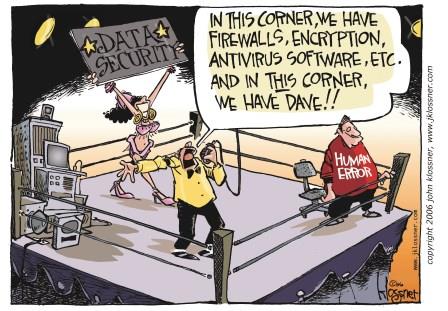Cybersecurity has always been a matter of concern since the advent of computers and the internet but has become more critical and necessary these days. With lots of threats concerning data security plaguing all over the business and digital landscape, it’s only imperative for businesses and organizations to have the right cyber security metrics in place to help them evaluate if their cyber security efforts are effective or not.
According to a post by TechTarget, cyber security metrics can be determined based on these four areas:
- Staff actions – meeting Service Level Agreements in user provisioning, access request forms, remediation follow-up, daily periodic security monitoring results.
- System or technology events – cyber security tools embedded into new technology or services, reduction in cyber security false positives.
- Internal processes – staff retention, better customer satisfaction, the state of security executive management reports, compliance audits.
- External events – breaches, attacks detection and prevention.
The same post also provides few rationales for measuring cyber security with metrics:
- To show the improvement in the four areas mentioned above.
- To justify the need to increase the security budget necessary for additional staff, tools, services.
- To identify trends that indicate a change in the cyber security program or process of your organization.
- To provide the higher ups with assurance on cyber security, or to indicate the need to focus on problematic areas relating to cyber security.
Read on as we’ve listed down in this post the top cyber security metrics that your organization should keep an eye for these days.
1. Baseline Defenses Coverage
This is a metric which reflects how well you are protecting your enterprise against the most basic information security threats. From antivirus, antispyware, firewall and so on, these security tools should cover 94% to 98% of your business.
By evaluating your security average regularly, you’re also auditing your network and most likely discover devices and equipment which are not allowed to connect to your business network.
To get this metric, you need to run a network scan on every department in your business to find as many devices and their network IP addresses as possible. Match these IPs and devices against IP addresses in the log files of your security tools to see how many addresses aren’t covered by you basic information security tools.
2. Patch Latency
This metric refers to the time between a patch’s release and your successful deployment of the patch. This is an important metric since it reflects your company’s ability to react on exploits, and your discipline to deploy latest patches on every machine and devices used in your daily operations.
By monitoring this metric, you’ll be able to discover which areas of your business are using machines that most vulnerable to cyber attacks.
To get this metric, you need to run a patch management scan on all devices and machines to discover which patches are missing from each one. Check these missing patches with a patch clearinghouse to know the criticality of each missing patch, and to determine how long each missing patch has been available since their release.
3. Password Strength
While this facet of security seems obvious for many organizations, many are still yet to implement a password policy to their employees. Monitoring this metric allows you to identify whose users are using weak passwords, and find weak spots where major business systems use default passwords.
To get this metric, you can ask your cyber security team to run password cracking programs to break into business systems with weak passwords. You can either do this by per machine type, or by business unit. This metric is expressed as the length of time it takes to break passwords, so the longer it takes to crack a password, the better.
4. Platform Compliance Scores
To make sure that all your hardware and systems meet standards and regulations within your organization and industry, then this is one of the metrics that you should regularly monitor.
By using a specialized tool, such as the widely available Center for Internet Security you’ll be able to identify which network ports are left unnecessarily open, machines and devices that are indiscriminately shared, default permissions that are left on, and other basic but often ignored security lapses. The software then will show you a score which ranges from 0 to 10, with being the best.
These are the fundamental cyber security metrics that your business should be monitoring today. Make sure to monitor these metrics on regular basis and you’ll surely improve the effectiveness of your cyber security efforts.


